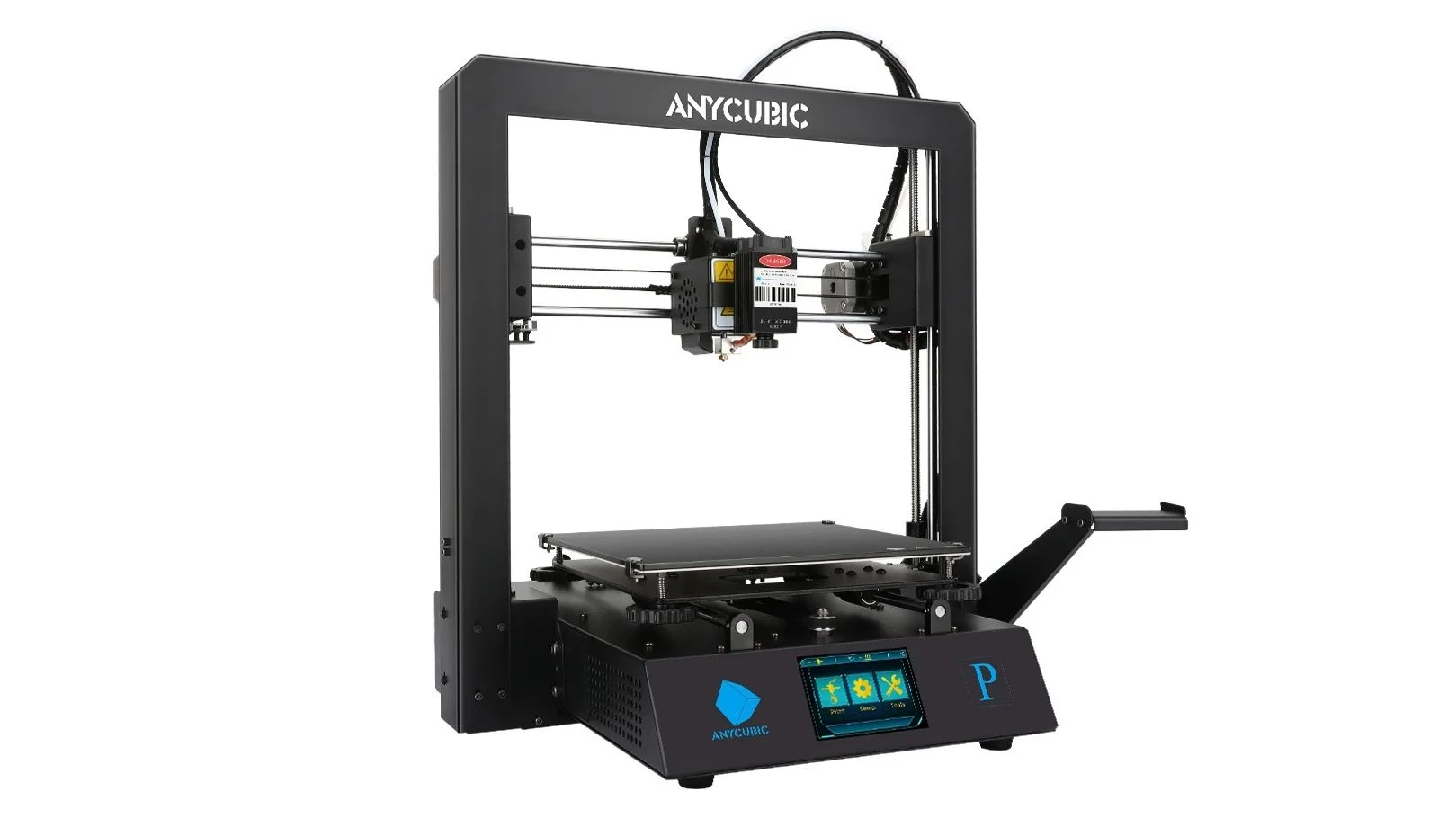From supply chain disruptions and component shortages to stricter regulations and the need for constant innovation, manufacturers must now adapt to an increasingly complex environment. Explore the key challenges shaping the industry today in this article.
Supply Chain Disruptions
The EMS industry heavily relies on electronic components and raw materials such as copper, gold, silver, rare metals, quartz, and purified noble gases. Naturally, disruptions in the countries that provide a significant portion of these materials have a major impact on global supply chains.
Recent geopolitical instability, including the Ukraine-Russia conflict and tensions surrounding Taiwan, is just one of the factors affecting supply chains.
The COVID-19 pandemic has had a lasting impact on global supply chains, creating widespread disruptions across industries. Natural disasters have also played a significant role. Thus, Typhoon Yagi in Vietnam and Thailand caused severe delays in the shipment of assembled electronics and components, while Hurricane John in Mexico led to temporary closures of electronic component manufacturing facilities. Additionally, regular earthquakes in Japan often force semiconductor plants to shut down.
These disruptions contribute to global supply chain bottlenecks, worsening component shortages, increasing lead times, and driving up costs for both manufacturers and consumers. To mitigate these risks, companies should focus on long-term material planning and consider consolidating orders to reduce costs and minimise delays. Experienced manufacturers, such as Poland-based Assel, also effectively diversify their component suppliers.
Electronic Component Shortages
Recent disruptions have caused serious shortages of electronic components, especially as industries recovered and demand increased rapidly. This has resulted in component allocations, where suppliers distribute limited stock among buyers rather than fulfilling entire orders.
The imbalance between supply and demand has further extended lead times, as factories struggle to scale up production while adhering to strict safety protocols. These delays have forced companies to rethink their sourcing strategies and stockpile critical components. However, this approach has a downside: it leads to higher storage costs and increases the risk of component degradation over time. Additionally, a boom experienced by the stock market has driven up the cost of raw materials, further increasing the prices of electronic components and finished products.
Shortening Product Lifespans
In recent years, rapid technological advancements and shifting consumer preferences have considerably reduced product lifecycles. The traditional four phases, such as introduction, growth, maturity, and decline, have been ever-shortening.
While the introduction phase still requires extensive prototyping, demand in the growth phase pushes manufacturers to scale production quickly. The maturity phase is decreased by frequent product updates, and the decline phase sets in faster as manufacturers are forced to switch to newer products sooner.
This accelerated cycle requires EMS providers to be more flexible, retool production lines quickly, manage inventory efficiently, and maintain agile supply chains.
Compliance with Environmental Regulations
Growing global awareness of the environmental impact has led to stricter ecological regulations and a greater consumer focus on sustainability. To meet these requirements, electronics manufacturers must adhere to frameworks like those outlined in ISO 14001, which focuses on reducing energy consumption and pollution, and ISO 26000, which guides corporate social responsibility (CSR) with an emphasis on environmental impact.
While adopting sustainable practices can improve long-term cost-efficiency, it often requires significant shifts from traditional methods. Balancing eco-friendly operations with profitability to stay competitive can be a considerable challenge.
Investment in Technology and Security
The rapid technological advancements in the electronics manufacturing industry, including AI-powered systems, enhanced automation, and the Internet of Things (IoT), require companies to frequently update their products and processes to remain competitive. This, however, comes with significant costs and resource allocation.
Furthermore, the increasing connectivity of manufacturing systems introduces new cybersecurity risks, making data protection a critical concern for many EMS providers. To safeguard sensitive data, prevent disruptions, and maintain product integrity, manufacturers must invest substantially in secure technologies and ensure their workforce is upskilled to operate and optimise these advanced systems.
Final Thoughts
The modern contract electronics manufacturing industry faces numerous challenges, including supply chain disruptions, component shortages, evolving regulations, and rapid technological advancements. To remain competitive, EMS providers must embrace flexibility, invest in sustainable and secure technologies, and adapt to shifting market demands. If you are looking for a contract electronics manufacturer with a proactive and strategic approach, visit asselems.com.










